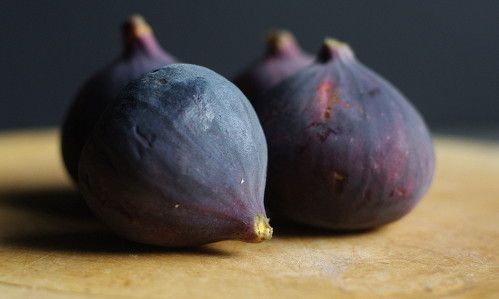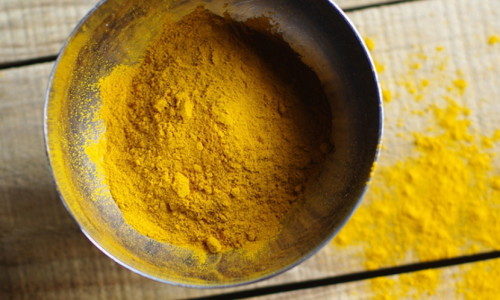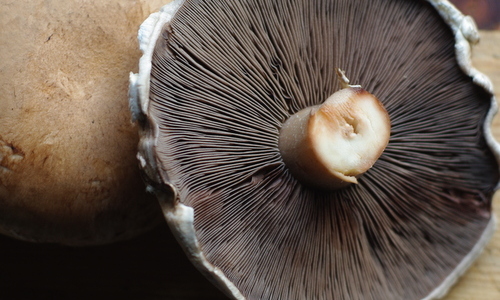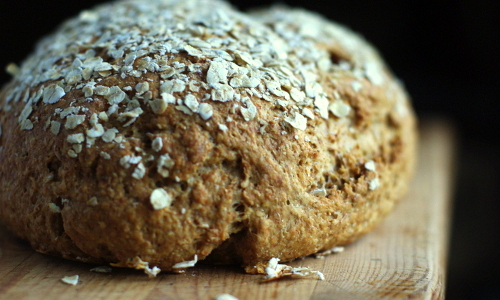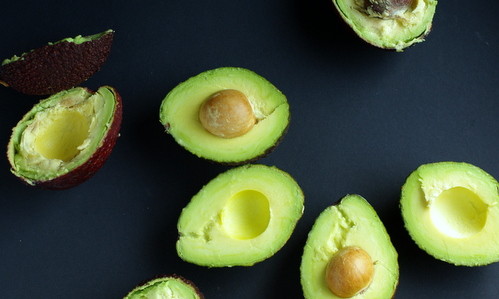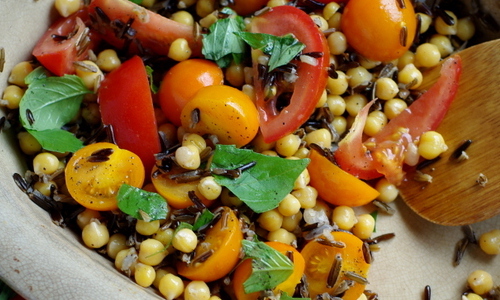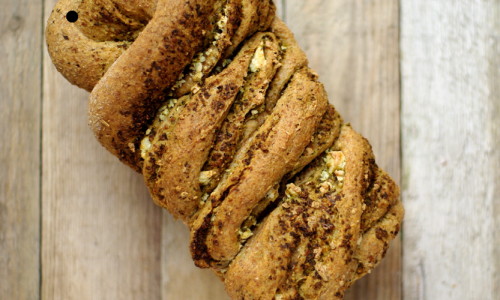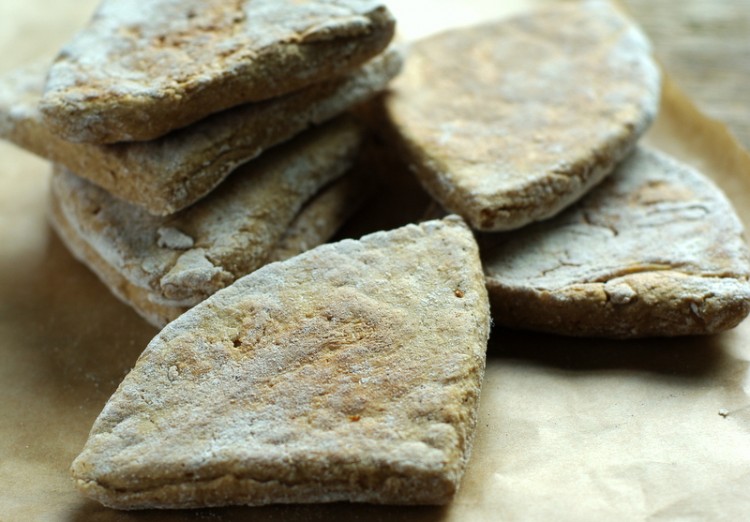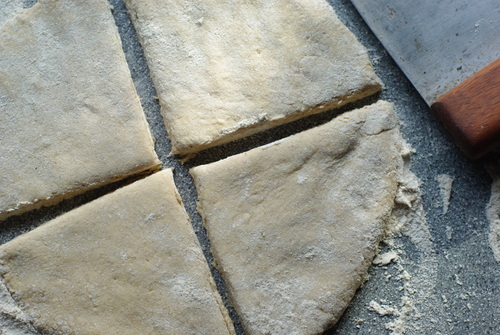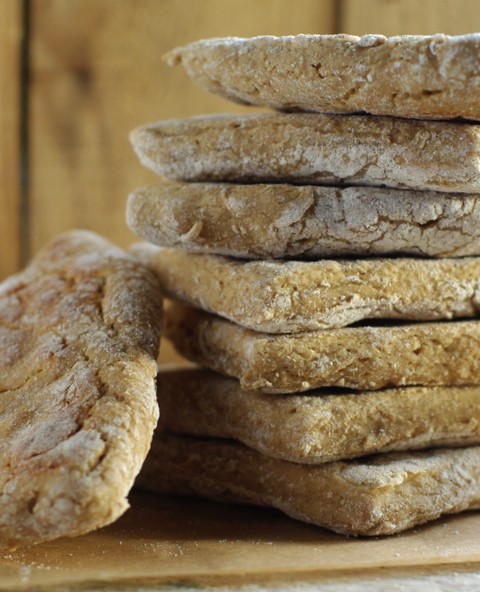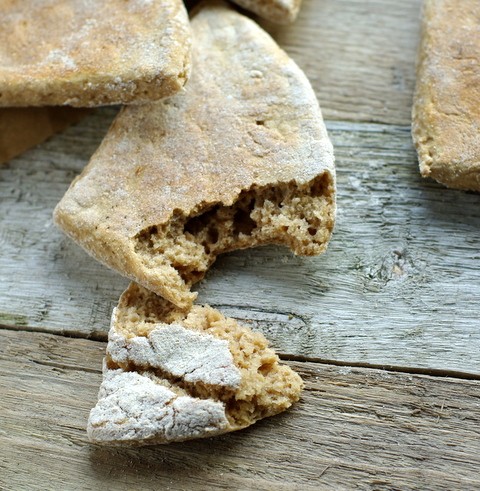Living in Shetland you really can’t help but be taken in by its history. We are surrounded by it. Everywhere you look there are ruins that span the ages. Neolithic standing stones,iron age brochs,viking settlements, and castles from the 12th and 16th centuries. But the most visible of this wide spanning physical history are the hundreds of old croft houses that dot the hillsides across Shetland.
It’s is a tough place here. Sitting on it’s own where the North Atlantic meets the North Sea it’s exposed,battered by winds and salt air the much of the time,has next to no trees, and enjoys only five and a half hours of daylight at the shortest day. Shetlanders are hearty. I some times try and imagine what it would have been like for a mother in Shetland 150 years ago, raising numerous children in a two room croft house while running the croft, her husband away either fishing or whaling, and facing the very real possibility that he may never make it home. It certainly puts my own worries into perspective.
In these rather inhospitable conditions Shetlanders relied on fish and meat, and on the limited vegetables that would grow well here; Shetland cabbage (kale, often grown in planicrubs,small circular stone enclosures meant to protect it from the wind and from animals), potatoes (tatties), turnips (neeps),and with the two main grain crops being Shetland oats, and bere, an ancient type of six row barley(as opposed to the two seed rows of common barley).
Bere fascinates me. It’s probable that it’s the oldest continually grown cereal in Britain, and as far as I can tell was only ever really prevalent in the Northern Isles. There are only a few growers left in Shetland today, and none of them really grow enough to sell it. So when I recently went into the health food store looking for barley flour, and found Orkney beremeal instead I was over the moon. The sheer excitement that I experienced at finding this bag of flour can probably only really be appreciated by those who share my over-the-top and slightly crazed love of baking; I must tell you I was happier than one should ever really be about flour.
There will surely be a plethora of beremeal recipes here soon, but the only place that I could consider starting was with glorious and traditional Shetland Bannocks.
Traditionally made on a griddle or stone in a peat fire, it’s probable that this quick flat bread has been cooked here for thousands of years. They’re as integral a part of Shetland culture now as ever. No event would be complete if there weren’t bannocks on offer.
The coolest part of this bannock adventure was while looking into it, the first links that popped up on Google was for this amazing post about beremeal bannocks by Elizabeth at Elizabeth’s Kitchen Diary, who I discovered is also a Canadian born Shetland dweller! How amazing! Her blog is incredible and filled with beautiful food and wonderful stories about her adventures. She’s also most likely Britain’s most northerly food blogger! I spent ages exploring her inspiring blog, and can’t wait to follow it from now on.
Taking inspiration from Elizabeth’s recipe, and picking up a few techniques on bannock forming technique from this cool video by Shetlander Mina Flaws, I decided to see if I could create some old school Shetland bannocks made only with beremeal. They turned out really nicely. They’re a lot denser than the beautiful fluffy bannocks that you more commonly find now, but I like the rustic and slightly coarse texture, and was thrilled when my boys did too. I cooked them on top of our Rayburn, but I’m aching to know how they would taste if they were cooked on an open peat fire. I will definitely have to try that out some time this winter.
Working on this post has been one of my absolute favorites. It’s been thrilling working with this amazing ancient grain using time honoured techniques which has allowed me to experience a bit of Shetland’s heritage. In the process I have found huge inspiration through a connection with an amazing Canadian ex-pat Shetland food blogger. What a magnificent adventure!
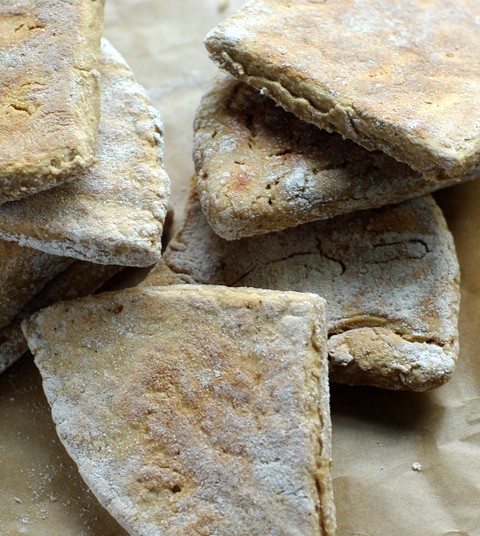

- 225g beremeal (try barley flour if you can’t get beremeal)
- 2tsp baking powder
- 1/2 tsp salt
- 240mL buttermilk
- Heat a griddle or heavy frying pan over medium heat.
- In a large bowl mix together the flour, baking powder and salt until well combined.
- Make a well in the center of the flour and add the buttermilk. Bring the flour in bit by bit until you end up with a fairly sticky dough.
- Generously flour a worktop and turn half the dough onto it. Being careful not to get any flour on the top, gently begin to bring the floured sides up and over the top working the dough around in your hand until you have a smooth ball.
- Place the ball back onto the floured worktop and flatten it gently with your fingers until you have a round, flat disk about a 1 1/2cm thick. Cut evenly into four quarters gently wiggling the blade a bit as you do to separate the pieces from one another.
- Once the griddle or pan is hot, but not so hot as to burn a bit of flour sprinkled onto it, carefully place the bannocks onto it.
- Leave the bannocks to cook for about 5 min, until the bottom is dark golden, and then flip and allow to cook for a further 5 minutes on the other side.
- Once the bannocks are cooked remove them from the pan and wrap them loosely in a clean tea towel.
- Repeat the forming and cooking steps with the second half of the dough.
- If you don't have any buttermilk you can measure out 240mL of regular milk, add 1 Tbsp of lemon juice, and leave it to sit for five minutes, and then use as you would the buttermilk.

